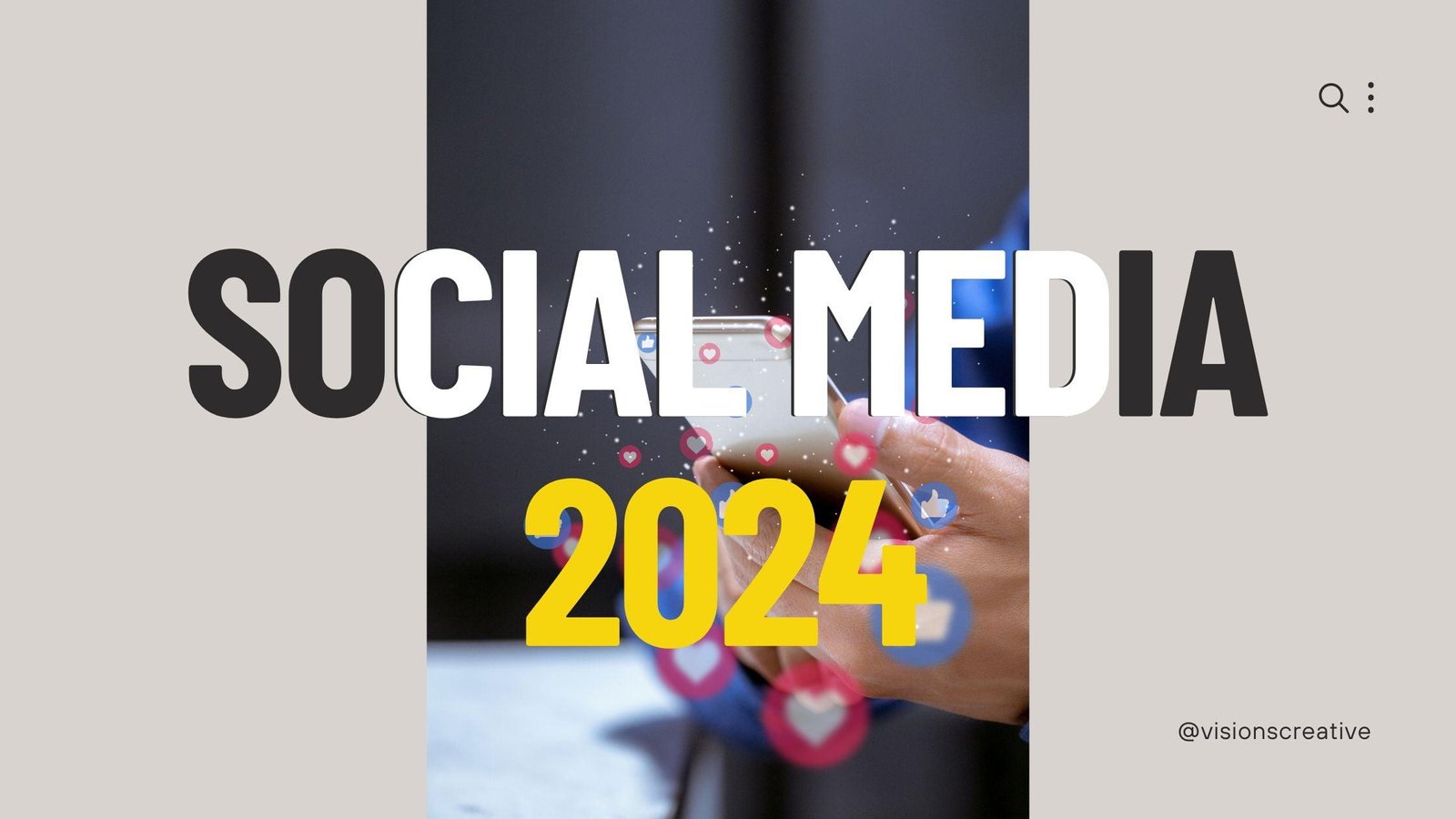How to Measure Social Media ROI in 2024


Social media has become an integral part of marketing strategies for businesses across various industries. With the ever-increasing competition and the need to stand out in the digital landscape, it has become crucial to measure the return on investment (ROI) of social media campaigns. In this article, we will explore the metrics and tools that can help businesses evaluate the effectiveness of their social media efforts in 2024.
Measuring social media ROI allows businesses to determine the impact of their social media campaigns on their overall marketing objectives. It provides insights into the effectiveness of different strategies and helps in identifying areas for improvement. Here are a few reasons why measuring social media ROI is crucial:
When it comes to measuring social media ROI, there are several key metrics that businesses should consider. These metrics provide valuable insights into the performance of social media campaigns and help in assessing their impact on business goals. Let’s take a look at some of the essential metrics:
They are fundamental metrics that indicate the number of people who have been exposed to a social media post or campaign. Reach refers to the unique number of individuals who have seen the content, while impressions represent the total number of times the content has been displayed. These metrics help businesses gauge the overall visibility of their social media campaigns.
Engagement metrics measure the level of interaction and involvement of users with social media content. This includes likes, comments, shares, retweets, and any other form of user engagement. High engagement rates indicate that the content resonates with the target audience and can lead to increased brand awareness and customer loyalty.
Click-through rate measures the percentage of users who click on a link or call-to-action within a social media post. It is an important metric for evaluating the effectiveness of driving traffic from social media platforms to a website or landing page. A high CTR indicates that the content is compelling and relevant to the audience.
It measures the percentage of users who take a desired action, such as making a purchase, filling out a form, or subscribing to a newsletter, after interacting with a social media campaign. It is a crucial metric for businesses as it directly correlates with their marketing objectives and bottom line.
Cost per acquisition measures the cost incurred to acquire a customer or lead through social media campaigns. It is calculated by dividing the total cost of the campaign by the number of acquisitions. By tracking the CPA, businesses can assess the efficiency and cost-effectiveness of their social media marketing efforts.
Measuring social media ROI involves analyzing and interpreting data from various sources. Fortunately, there are several tools available that can simplify the process and provide businesses with actionable insights. Here are some popular tools to consider:
Google Analytics is a powerful tool that provides comprehensive website analytics, including data related to social media traffic and conversions. By setting up goals and tracking social media campaigns in Google Analytics, businesses can gain valuable insights into the ROI of their social media efforts.
There are various social media analytics platforms, such as Sprout Social, Hootsuite, and Buffer, that offer in-depth analytics and reporting features. These platforms allow businesses to track key metrics, monitor social media performance, and measure the ROI of their campaigns across multiple social media channels.
UTM parameters are tags added to the end of URLs to track the source, medium, and campaign name of website traffic. By using UTM parameters in social media posts and ads, businesses can track the performance of specific campaigns in Google Analytics and determine the ROI of their social media efforts.
Most social media platforms, such as Facebook, Twitter, and Instagram, offer their own native analytics tools. These tools provide insights into key metrics, audience demographics, and engagement rates. Businesses can use these native analytics tools to measure the ROI of their social media campaigns on each platform.
Social listening tools, like Brandwatch and Mention, allow businesses to monitor and analyze conversations and mentions of their brand on social media. These tools provide valuable insights into brand sentiment, customer feedback, and the impact of social media campaigns on brand perception.
Measuring social media ROI is essential for businesses to evaluate the effectiveness of their social media campaigns and optimize their strategies for better results. By tracking key metrics such as reach, engagement, CTR, conversion rate, and CPA, businesses can gain valuable insights into the impact of their social media efforts on their marketing objectives. Additionally, using tools like Google Analytics, social media analytics platforms, UTM parameters, native analytics tools, and social listening tools can simplify the process of measuring social media ROI and provide actionable insights. As we move into 2024, businesses should prioritize the measurement of social media ROI to stay competitive in the ever-evolving digital landscape.
© Visions Creative 2024. All rights reserved.
